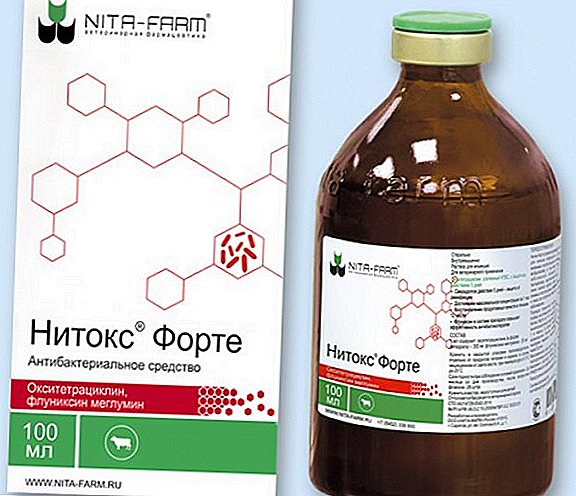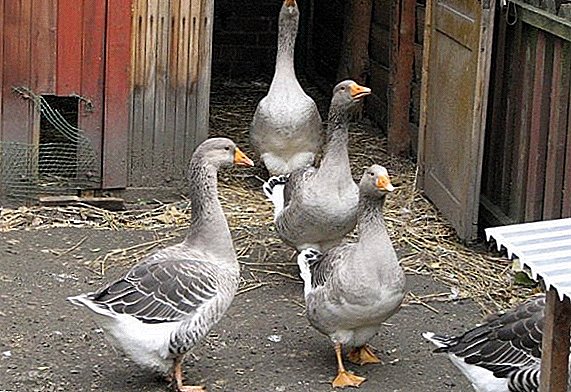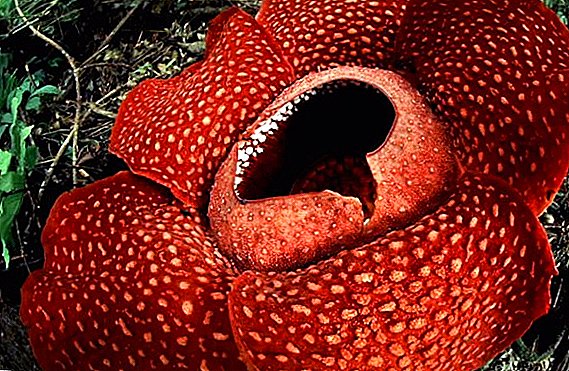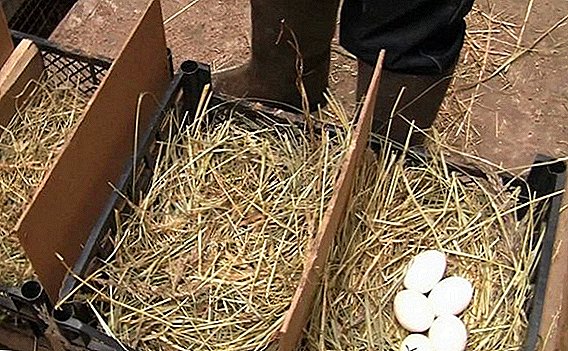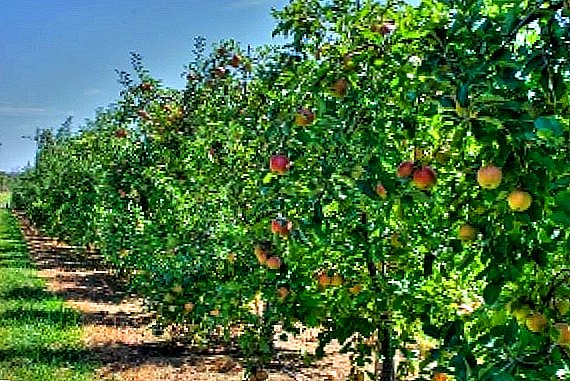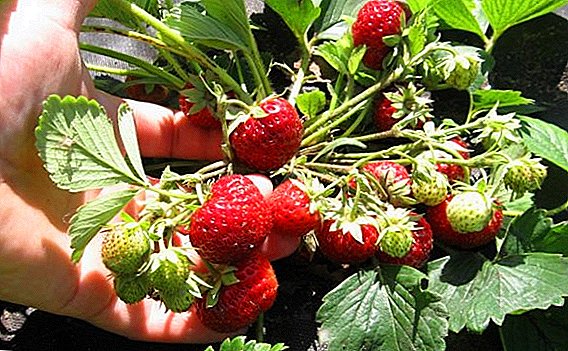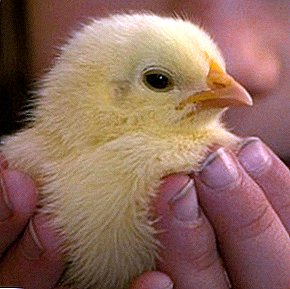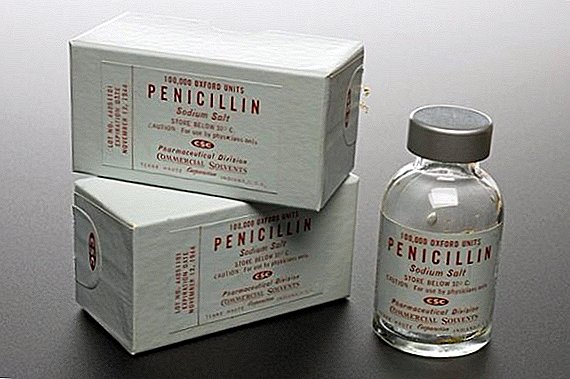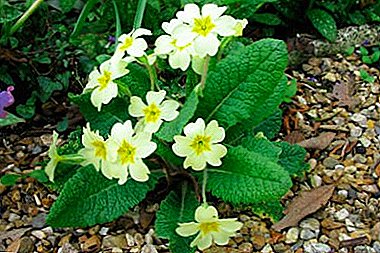
Primula is a bright beautiful flower, beloved by gardeners for its unusual and wide variety of shades in spring. The plant attracts not only for its appearance, but also for its ease of care.
However, you need to know that in a short period of time the primrose can grow so wide that the rosettes of the flower will crowd each other, and this, in turn, will have a bad effect on flowering. Regular transplantation provides the plant with healthy living conditions.
When is it best to plant a flower, in spring or autumn?
First of all, the transplant time depends on the type and variety of primrose.
- Species in which the two phases of active growth and they bloom twice in a season, transplant after flowering in spring or autumn.
- Primrose, flowering once, in April-May, it is recommended to replant in early autumn, when the plant awakens. This period is good for transplanting plants because the primrose has gained strength and can perfectly adapt to the new conditions for it.
On the intricacies of primrose care and transplanting plants in the fall, we described in detail here.
When to transplant and divide?
Before you start seating garden primrose, make sure of the following:
- The bushes grew very large, and the sockets became crowded.
- Flowering is no longer lush and lasts less in time.
- Rooted roots, and this is a risk, because the plant can die from the cold.
 If at least one of these signs was noticed, then the primrose definitely needs a transplant.
If at least one of these signs was noticed, then the primrose definitely needs a transplant.
- Lighting. And at home and in the garden you need to choose the brightest place for the primrose.
But do not forget that the plant should not fall into the direct sunlight of the sun. Light must be diffused. The ideal place for primrose would be the west or east side.
- Soil and fertilizers. The soil mixture is made from sand, peat and sod land, which are mixed in equal proportions. Sometimes flower growers buy ready-made substrate and add 20% of sandstone to it, but this is done only in those cases when the plant is at home.
Immediately after the primrose in the garden was transplanted, she does not need top dressing. It will be needed a few months later, when the flower takes root in a new place. It is best to do natural dressing, chicken litter is well suited. He is bred in a ratio of 1:15, but no more. Fertilizer should be applied once every few weeks.
- Watering. Proper watering is very important for a primrose. She does not like excessive soil moisture. The main thing is to wait for the complete drying of the top layer of soil between waterings. In no case during the procedure can not get water on the plant itself.
- Humidity. Moist air is good for a flower, especially after transplanting. On hot days, primrose is lightly sprayed or close to put the container with water, to give moisture.
With irrigation, you do not need to overdo it, otherwise a lot of moisture will lead to rotting of the roots.
- Temperature. The flower does not fit the high temperature. To make the plant take root faster and get used to a new place, it is worth keeping the temperature around + 13 + 15 degrees. Only one of the species will not take root, if the temperature is below + 16 ... +18 degrees - reverse conical.
Video flower transplant instructions:
How to care for a grown plant in the garden?
Problems with transplantation primrose garden should not be. The flower is quickly accepted and after some time begins to delight its beautiful flowering. But it must be remembered that the soil in the area where the primrose grows should be loose and wet.
To stimulate the activity of the flower in winter, watering after transplanting gradually increase.
 Rules care for transplanted primrose:
Rules care for transplanted primrose:
- It is necessary to observe the correct watering. The soil should be wet, but in moderation.
- In the last days of autumn to prepare primrose for the winter, gardeners fertilize the plant with manure.
- Before covering the flower for the winter with foliage, it is worth examining the root system. If the roots are bare, then they are first covered with earth, and then they scoop leaves from above.
- Be sure, after a couple of weeks, the plant must be weeded. This is done in order to avoid gray mold.
You can learn about the rules of primrose care in the garden and at home from our article.
Possible diseases and treatment
Often a plant that has been transplanted dies from a disease called peronosporosis. In the people it is also called downy mildew. This disease is harmful to the shoots, leaves, pedicle. The disease is absolutely not afraid of frost. In winter, it is found in fallen leaves, roots and seeds.
The most important thing is to notice the disease in time.. It is manifested by the following symptoms:
- Shapeless spots appeared on the leaves. They are yellow, pale yellow, red-brown color.
- With the development of the disease, the leaves will begin to wither and grow brown.
- Places that were hit will merge over time.
- A whitish bloom appeared at the bottom of the sheet.
So that the plant does not fall ill with peronospora, We recommend weeding the area after transplanting.. It is also necessary to abandon fertilizers with a nitrogen content and destroy all weeds. If the gardener himself can not cope with the disease, then it is necessary to buy biological products - Fitosporin or Alirin.
Another disease that affects the primrose is Ramulariosis. Large patches of round yellow color are a clear sign of this disease. As the ailment develops, the spots change their colors, and eventually holes appear in their place. Ramulariosis occurs in cool and excessively wet flower conditions.
In order for the primrose not to become a victim of this disease, it must be properly watered and timely loosen the ground. If Ramulariasis was noticed, take action immediately. The first step is to remove all the affected areas of the plant. Then it is already possible to process the fungicides - "Fundazol" or "Vitaros".
 Also the flower often dies due to gray mold. It causes a fungus. At the time of growth on the peduncles and foliage spots appear with a gray bloom. With a large lesion area, the primrose dies.
Also the flower often dies due to gray mold. It causes a fungus. At the time of growth on the peduncles and foliage spots appear with a gray bloom. With a large lesion area, the primrose dies.
Appears, gray rot may due to poor ventilation, a small amount of light or overmoistening of the earth. To overcome the disease apply "Fundazol", but previously removed the infected areas of the flower.
Conclusion
Primula is fairly easy to transplant. In order for it to take over and not to perish, all rules and recommendations must be strictly followed. Closely monitor the conditions of detention, as well as time to identify and treat diseases.


